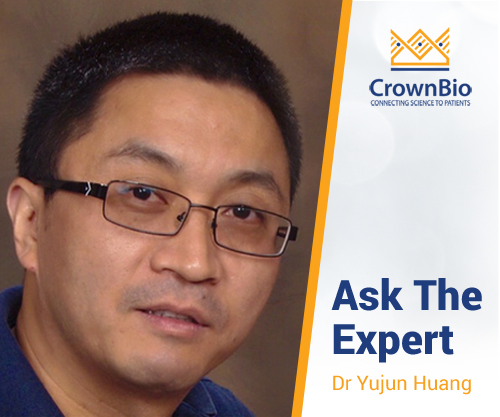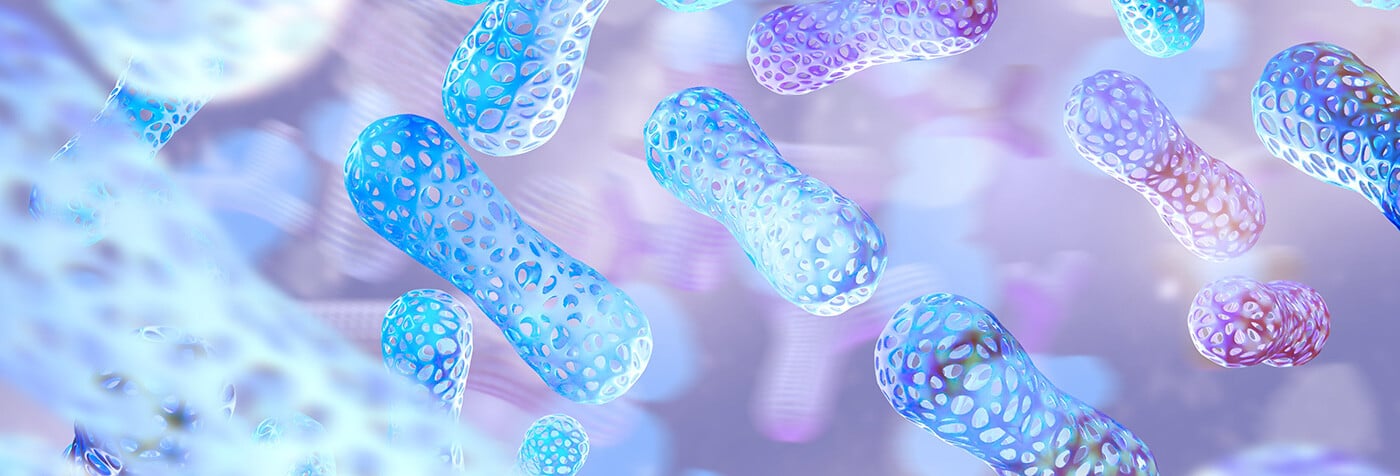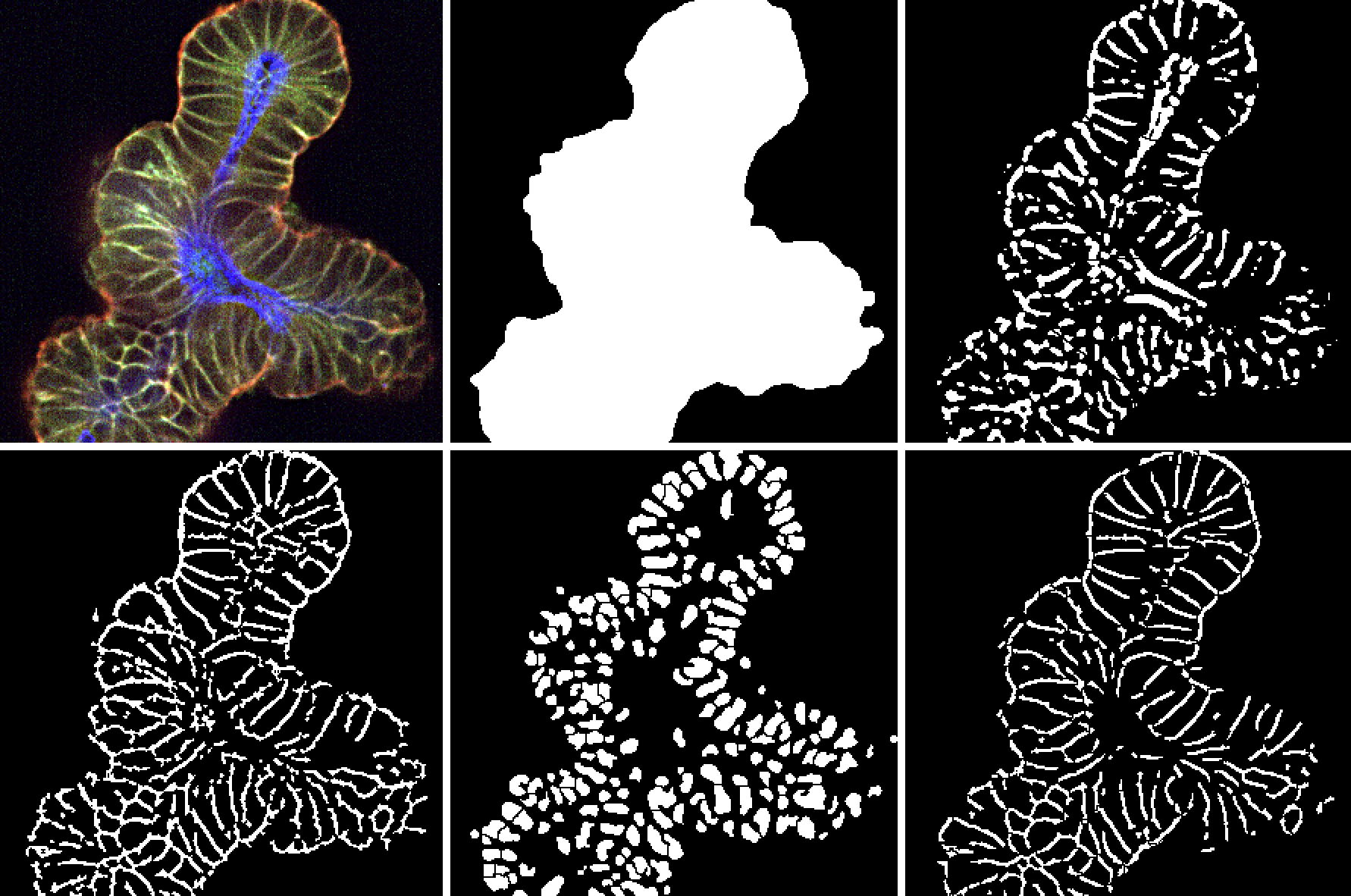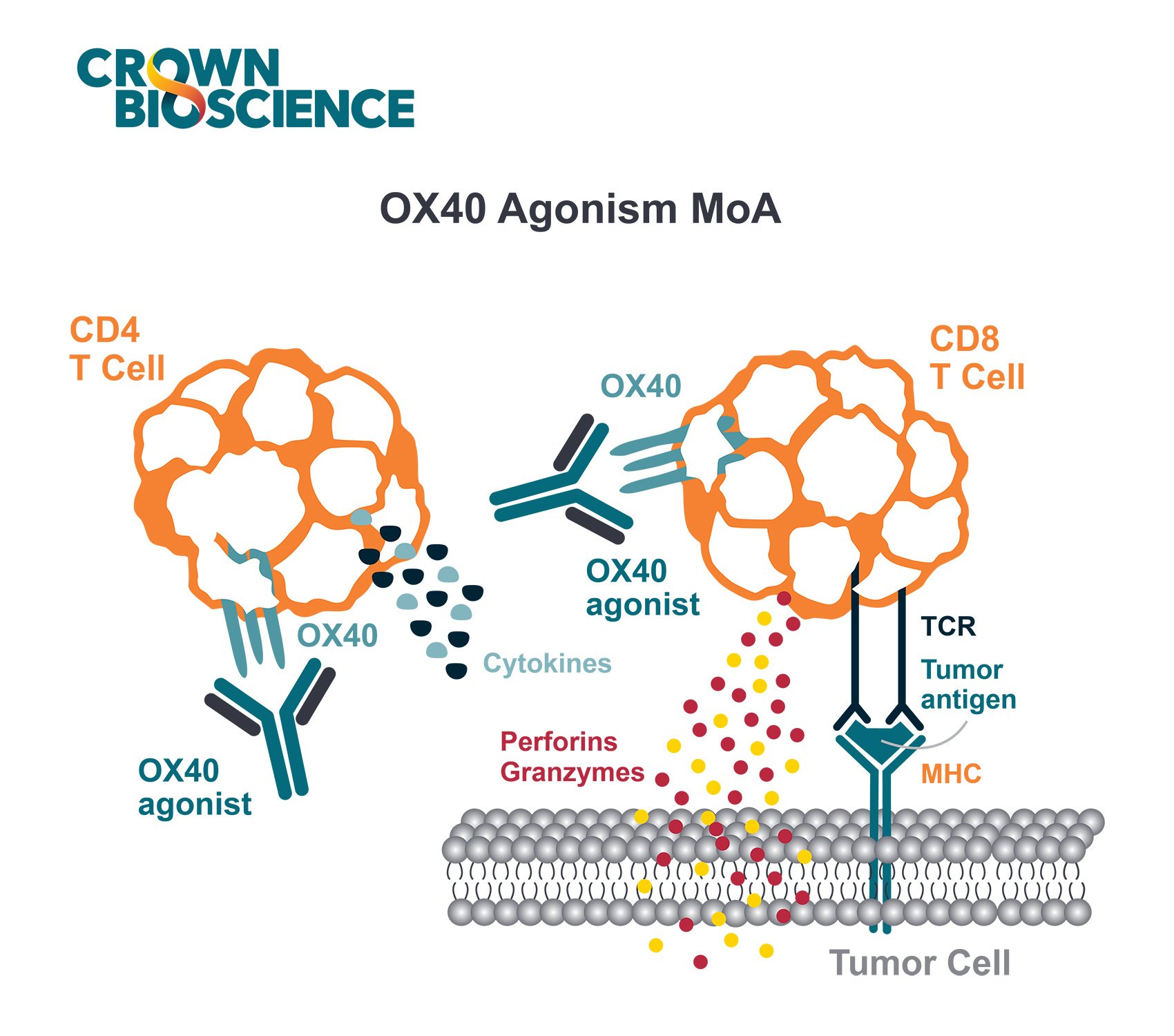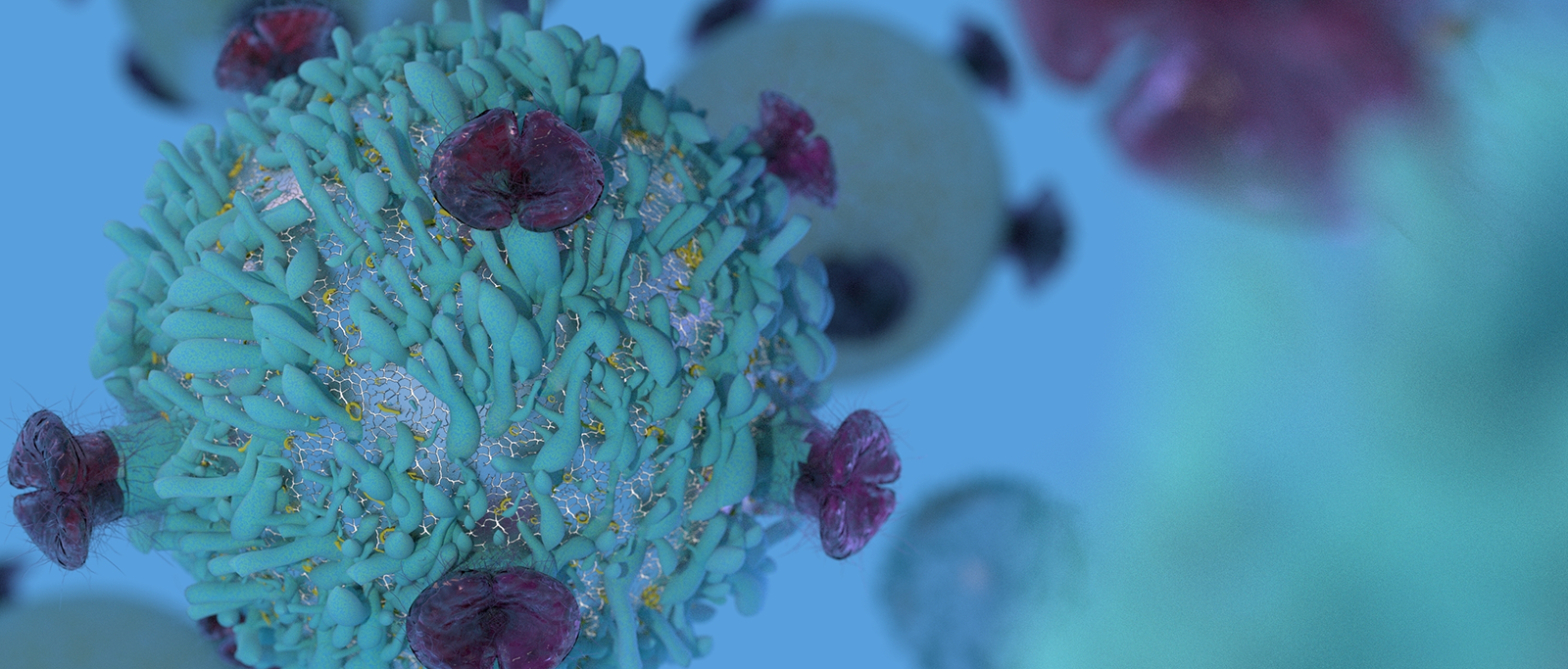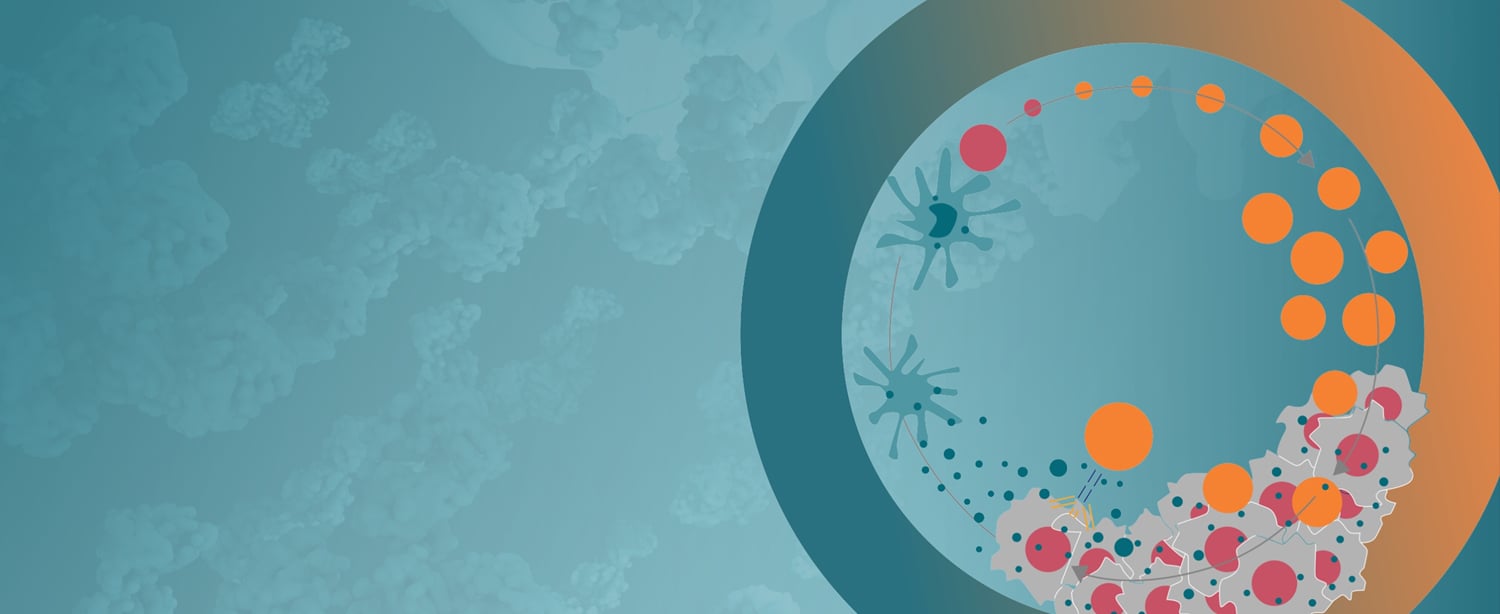Dr Yujun Huang, Senior Director Immuno-Oncology at Crown Bioscience, answers the most popular questions from his recent organoids and immune cell co-cultures webinar, covering how to investigate tumor-antigen specific immune cell reactivity and optimal applications for a tumor organoid co-culture platform.
Organoid and Immune Cell Co-Culture Applications
How do you control for CAR-T-specific killing?
As demonstrated in one of our case studies, we can use target-negative organoids as the control. We used EpCAM negative melanoma organoid as the control for EpCAM CAR-T and showed CAR-T reactivity against EpCAM+ organoids. You can search for relevant models to use as control using our Organoid database and an interactive model list.
Is it possible to investigate the safety of compounds in parallel to the efficacy using organoids?
Yes, we have some healthy tissue-derived organoids that are matched to the tumors e.g. lung, colorectal, pancreas and can look for on/off target effects.
Do allogeneic macrophages in antibody-dependent cellular phagocytosis (ADCP) assays work or do they need to be autologous macrophages?
Yes, allogeneic macrophages work in ADCP similar to traditional cell line ADCP assays.
Do the organoids contain stromal cell populations such as fibroblasts and tumor cells? Or are the tumor cells isolated from the human sample to generate the organoids containing only tumor cells?
No, our organoids do not have stromal cells. Our organoid technology only selectively expands tumor cells. Tumor cells can continually be renewed for larger scale preclinical testing.
Organoid and Immune Cell Co-Culture Technical Questions
Do you add rIL-2 to activate PBMCs with anti-CD3/CD28?
RIL-2 for in vitro activation is not necessary when stimulating anti-CD3/CD28. The activation of T cells is possible with or without IL-2 as the T cells will produce IL-2 themselves in short-term culture.
When measuring live/dead and CFSE-labeled cells, can tumor cell death be distinguished from T cell death?
Tumor organoid are labeled with CFSE and not T cells, therefore we gated for CFSE to quantify live/dead cells.
Are these assays conducted in Matrigel in suspension and have any limitations been observed for the T cells by having the tumors encapsulated in a 3D culture matrix? How can we relate the results from these kind of assays to a patient?
In a typical co-culture, organoids and T cells are mixed together in lower concentration Matrigel. These conditions allow T cells to access the tumor organoid cells. Different settings were applied in cultures where the T cells are at the top of the gel and organoids are at bottom in higher concentration Matrigel to evaluate the infiltration of T cells. That said, our co-culture system cannot completely recapitulate the patient’s tumor microenvironment. Other factors in a patient’s tumor microenvironment may affect the drug efficacy.
Flow cytometry on organoid co-cultures is very challenging. Is there a specific method to isolate the organoids from the Matrigel?
We combine mechanical and enzymatic dissociation methods to isolate the organoids from culture.
Would the PDOs express PD-L1 at baseline without IFN-γ incubation? Or is this line-dependent?
Some organoids will constitutively express PD-L1 even without IFN-γ stimulation and is line-dependent. We can profile the PD-L1 expression by RNA-seq and flow cytometry. In the case study we saw increase in PDL-1 expression when incubated with IFN-g for that specific model
What commercial anti-PD-1 was used for the co-culture of organoids and non- autologous PBMC and at what concentration? In addition, what was the experience in relation to tumor-specific recognition in co-culture of organoids with PBMC from non-autologous patients?
Both BMS and Merck anti-PD-1 were used as benchmark antibodies for in vitro blockade testing. Typically, the concentration used is 10-20ug/ml. The tumor specificity recognition has not been tested from non-autologous patients.
Are the patient-derived organoids supplied with clinical information, e.g., therapy response?
Yes, most of our organoids have information such as cancer staging and type. However, they are derived from surgical resections of treatment naïve patients.
Do you need to change the growing media condition with the different models, especially when you are mixing various types of immune cells?
The growing medium conditions vary for different models because requirements are different for various stem cells. It also depends on the culture duration.
How do you control the variations from sample to sample?
Surprisingly, the sample-to-sample variation between traditional efficacy assays and immune cell co-culture assays is minimal.
Organoid and Immune Cell Co-Cultures Assays in Development
Is it feasible to evaluate antigen-specific T cell reactivity in organoid co-culture since you do not use autologous PBMC currently?
Yes, we are developing antigen-specific T cell reactivity in co-culture. We are using CMVpp65 specific T cells from CMV-seropositive donors for co-culture with HLA-A2 positive organoids and test the CMV-specific T cell response in co-culture.
Is it possible to measure the infiltration of immune cells into tumor organoids?
Through our recent OcellO B.V. acquisition, we are now able to evaluate T cell infiltration as well as various aspects of the cancer immunity cycle using organoids and high content imaging, which measures >500 different morphological parameters.
Do you provide organoid co-culture assays to evaluate drugs targeting myeloid cells, such as macrophages and MDSC?
We are developing macrophage/organoid co-culture assays, for which we have very promising data. Currently we have multiple ADCP assays ongoing and macrophage repolarization assay which is close to completion.
Will there be an assessment on real-time imaging analysis, such as Incucyte and other systems, so that a single cell suspension transduced with luciferase or analysis of a single timepoint is not required?
Yes, we are working on real-time imaging to monitor apoptotic signaling for tumor organoid killing.
Can you use TILs in place of PBMC?
We are developing co-culture assays using autologous TILs. There are limited samples of TILs for large-scale studies and therefore we are working on how to expand them. There are more tumor-specific T cells from TILs compared to PBMC and sensitivity of these will be higher in general.


